Topaasia® – Value Creation In the interview Ari-Pekka “AP” Koponen
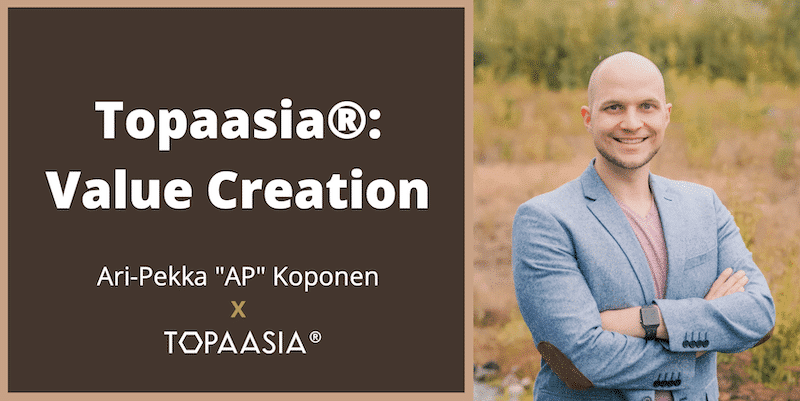
The newest member of the Topaasia® deck family is Value Creation, which was made together with Vincit’s Ari-Pekka Koponen. Value Creation – Deck helps companies and Teams understand the value of the product or service they offer. It is useful when creating or launching a new product or wanting to find new perspectives on an existing product / service. For example, the deck can be used to clarify a promise of value, sales arguments, or the importance of your own organization on creating value for others.
In this interview, AP Koponen, Vincit’s Chief Technology Officer, has been responsible for the contents of the deck. He opens his views on value creation, the contents of the deck, and the practical situations in which the deck is useful.
What is value creation in practice?
Value is a difficult concept because it is such an ambiguous thing and people value very different things in principle. When it comes to value, one thinks about the euro, while the other thinks about the positive impact that their work will have on the world. The practical operation may be the same for both, but the reason for doing things is different.
Many companies have a rather narrow view of the value they produce. In sales-driven organizations in particular, the only measure of value may be the euro below the line, and the discussion about business development may remain at the level: “Selling more and at a better price”. The value generated for the customer and how it is generated may not be better understood.
From the company’s business point of view, value is created when the company has a profit from producing a product/service. How much a customer is willing to pay is affected by how much value the customer feels they receive. The amount of euros spent on production is affected not only by costs but also by how much value employees are able to produce. At the heart of the “value creation” discussions is this dynamic between customer value and production.
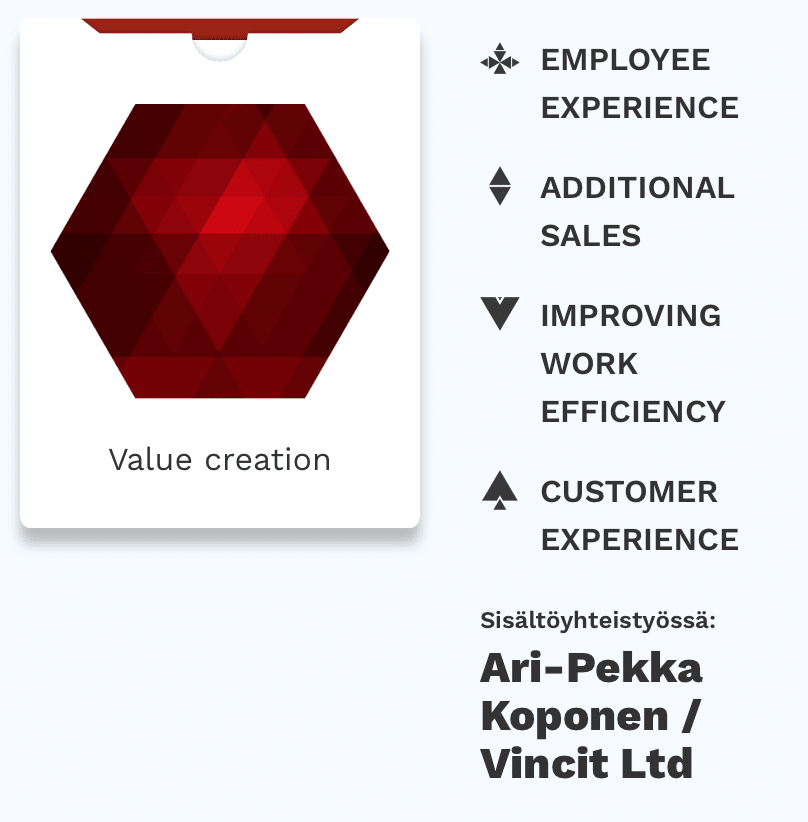
Why was a game made to clarify value creation?
In my day-to-day work at Vincit, I often come across situations where clients approach us with a pretty well-planned idea that they would like to implement with us. The customer already has a long list of features that the service or product must have. Very rarely are all of these features worth doing. Sometimes the whole idea is worth not implementing.
In order to make decisions about what is worth doing and what is not – and in what order, it is necessary to understand where the value generated by the service / product comes from. The customer may have ready-made thoughts on this, but they often approach value from one narrow perspective. Our team is often tasked with challenging the customer’s views and bringing more diverse perspectives into them. In this way, you can catch up on why, what and how the product / service is being made.
The “Value Creation” deck is structured with the perspectives and value producers that can be used to crystallize the value generated by a product / service and motivate everyone to project.
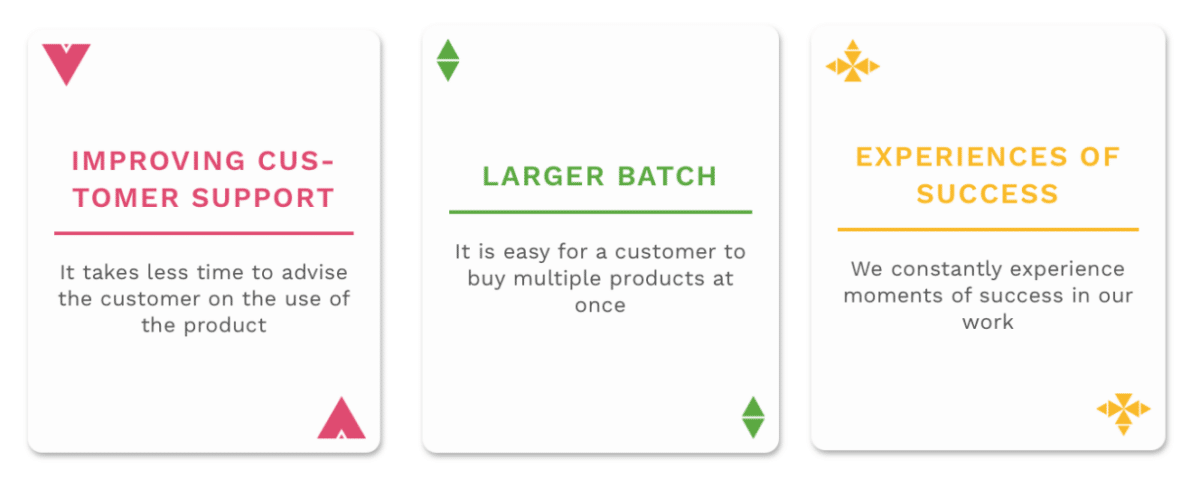
Topaasia®: Value Creation – There are four suites in the deck: “customer experience”, “employee experience”, “additional sales” and “work efficiency”. Why these?
The four countries in the package, the customer experience , employee experience, additional sales and work efficiency , help to look at the value produced from a holistic perspective and to select the most important ones for the customer and the organization. This gives players a chance to find value producers they can’t think of themselves.
The most interesting suite in the deck is definitely the “employee experience”. “Customer experience,” “additional sales,” and “streamlining work” are fairly familiar themes for many organizations, and the cards most familiar to many players can be found in them. Looking at value from the perspective of yourself or an employee of a customer organization gives a whole new, more humane lens to your own product / service.
A-P’s special withdrawals from cards
 Customer experience
Customer experience
Moral pleasure
This is definitely my favorite card in the whole deck. The card’s statement “the customer feels they are a better person when using the product” highlights very well that not all value is material and can be very difficult to measure in euros. Often a person’s internal experience with a product is decisive.
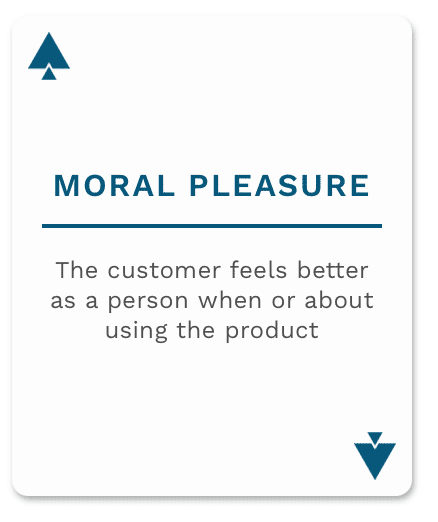
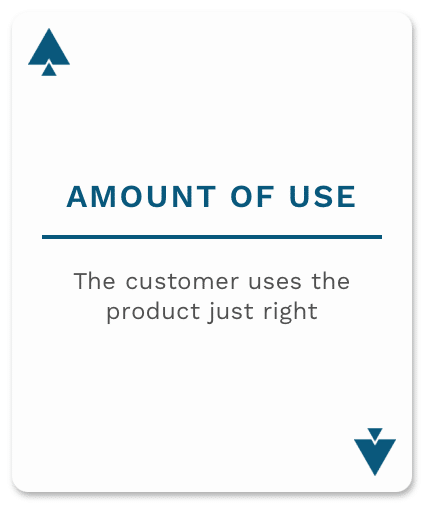
Amount of use
Love the design “just right”. There are products that cost the company to produce each use (such as insurance and various services with a monthly fee), so the organization’s goal is to steer the customer’s use towards the optimal frequency of use.
Employee experience
Empathy
Many organizations want to be customer-centric and serve the customer as well as possible. At the same time, however, people may be driven to such an end that the customer’s needs are no longer genuinely interested. The Empathy card highlights the need for a human encounter with the customer.
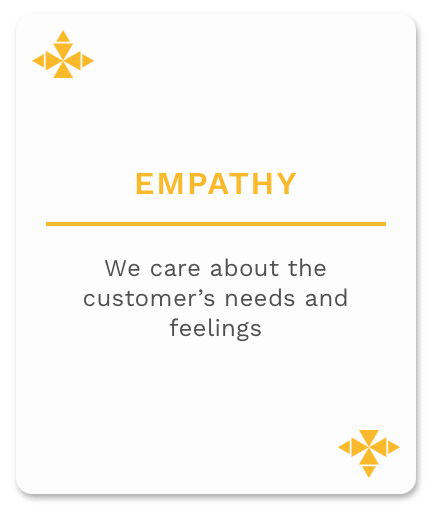
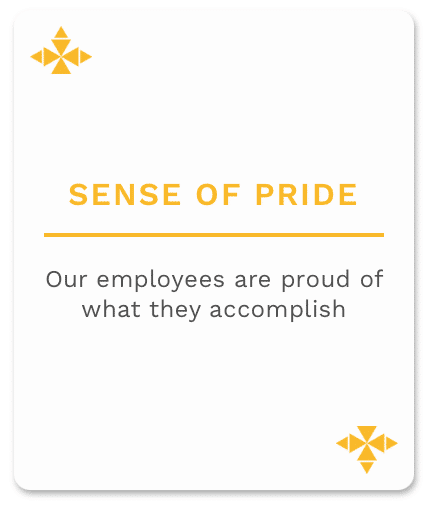
Pride
An employee who is proud of the fruits of his or her own work is more committed, more enthusiastic, and always wants to do a little better than he or she should. If an organization succeeds in providing such an emotional bond to its customers or employees of its own organization through its product / service, it is very difficult to compete with the product.
 Additional sales
Additional sales
Packaging
If a company has many products / services for sale, significant value can be generated through packaging. Sometimes you also have to unpack to get a better return on your parts. To freely quote Jim Barksdale: “There are only two ways to make money in business: One is to package. The second is to unpack.“
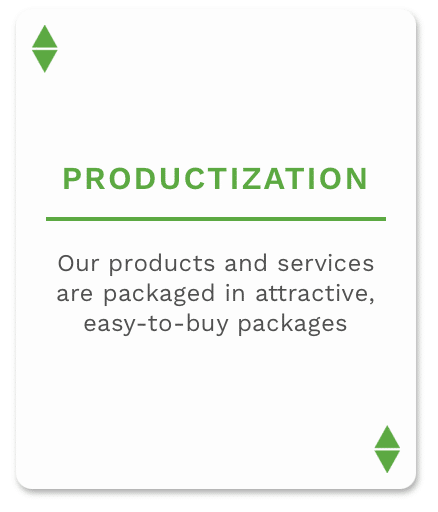
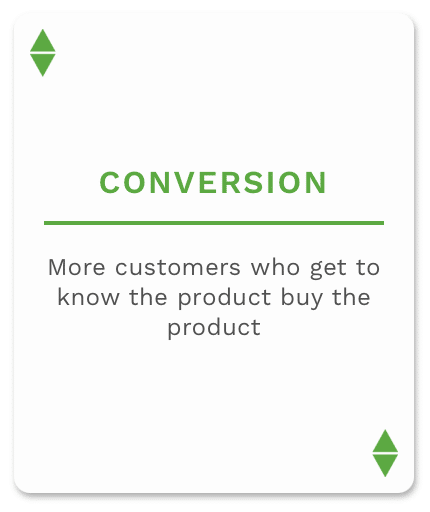
Conversion
Talking about conversion is a tough thing in “Growth Hacking” circles and especially in the world of online shopping. However, conversion is present in all sales, and sometimes it’s worth focusing specifically on figuring out how to make a person familiar with the product more likely to buy the product.
Streamlining work
Good enough quality
This card is pretty close to “loss” of Lean thinking. This risk is especially true in expert work. If the making of products or services is driven by the employee’s mere professional pride rather than the needs of the market, the perfectionist may lose his sense of reality and the products may become too expensive. Sometimes an employee thinks the implementation of “little shit” is good enough for a customer.
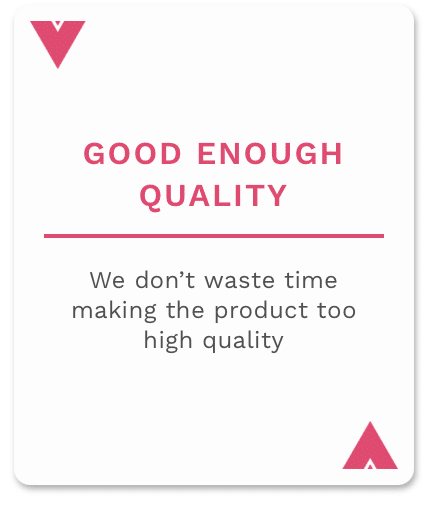
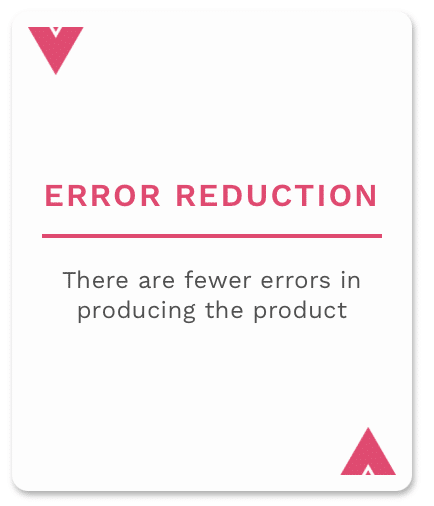
Error reduction
Reducing errors is an important issue for me personally. In software development in particular, errors that reach the customer incur multiple costs compared to if they were noticed before delivery. By tackling the cost of errors, one can find the monetary and employee satisfaction value that many organizations have embedded in their current model “as part of our business”.
Who is this deck intended for and for what situations?
This deck can be very versatile in different situations where you want to develop your own business or product / service. Here are some good questions around which a session can build:
- What value should be focused on to make the product / service profitable?
This is a very good question in situations where product development has already taken place but the product / service does not meet the needs of the market. The discussion can be used to find measures to prioritize and target product / service development and resources.
- What value does the customer get from the product? / What value would the customer want from the product, but not in its current form?
This pair of questions will help you discuss things specifically about the customer’s need above. Useful, for example, when you want to clarify the value promise together.
- How does the product sell better? / Why doesn’t the product sell?
These couple of questions are good if you want to specifically develop your own sales. Through the discussion, problems can be found in the product itself in relation to the market, as well as shortcomings in the argumentation of one’s own sales.
Particularly fruitful discussions are those where management, sales, and product / service factors are brought to play at the same table. From there, different perspectives on the value generated by the product / service certainly rise and we learn together about the needs of the customers and their own organization.
Thanks AP!
Ari-Pekka Koponen L inkedIn
Read more about Vincit
Read about other escapes with Vincit:
– Projects
– Business development
-Importance
Try Topaasia® – Value Creation to the game for: Topaasia 14 day Trial

 Customer experience
Customer experience